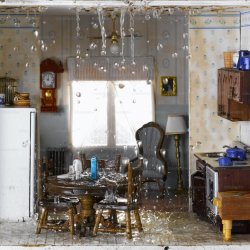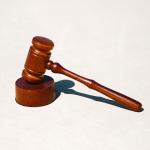Water Damage Restoration Tips
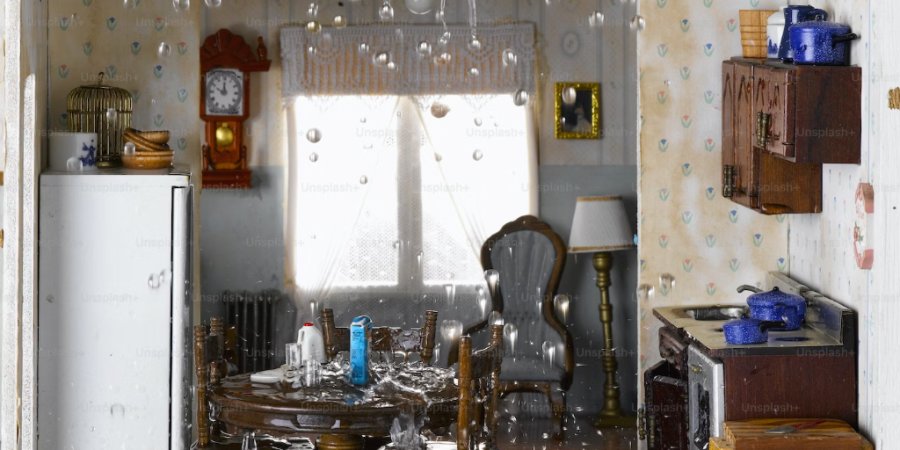
Understanding water damage restoration
Water damage can be a homeowner's worst nightmare. Whether it's due to a burst pipe, a leaky roof, or a natural disaster, the consequences can be devastating. Understanding the basics of water damage restoration is crucial in minimizing the impact and getting your property back to normal as quickly as possible.
When water infiltrates your home, it seeps into every nook and cranny, causing structural damage, compromising the integrity of your property, and creating the perfect environment for mold growth. That's why it's important to act swiftly and effectively to mitigate the damage.
Common causes of water damage
Water damage can occur for various reasons, and it's important to be aware of the common culprits. One of the main causes is weather-related incidents such as heavy rains, hurricanes, or flooding. These events can lead to water intrusion through roofs, windows, or basement walls.
Another common cause is plumbing issues. Burst pipes, leaky faucets, or faulty appliances like dishwashers and washing machines can result in significant water damage if not addressed promptly. Additionally, sewage backups and overflowing toilets can cause serious harm to your property and pose health risks.
Signs of water damage
Recognizing the signs of water damage is crucial in catching the problem early and preventing further harm. Some common indicators include:
- Water stains on ceilings, walls, or floors
- Peeling or bubbling paint or wallpaper
- Musty or damp odors
- Warping or buckling of floors or walls
- Mold or mildew growth
- Visible cracks or discoloration
If you notice any of these signs, it's important to investigate further and take immediate action to prevent further damage and potential health hazards.
Steps to take immediately after water damage occurs
When faced with water damage, time is of the essence. The first step is to ensure your safety and turn off the source of water if possible. If the damage is due to a burst pipe, shut off the main water supply to your home. If it's caused by a leaking appliance, turn off the water supply to that specific appliance.
Next, document the damage by taking photographs or videos. This will be useful for insurance claims and can also help professionals assess the extent of the damage. Remember to prioritize your safety and avoid entering flooded areas if there is a risk of electrical shock.
Assessing the extent of water damage
Assessing the extent of water damage is crucial in determining the appropriate restoration plan. The severity of the damage can range from minor water stains to extensive structural issues. It's important to address both visible damage and hidden moisture to prevent long-term problems such as mold growth.
Professionals use specialized tools such as moisture meters and thermal imaging cameras to identify the extent of water damage. They can also assess the affected materials, including drywall, insulation, flooring, and furniture, to determine what can be salvaged and what needs to be replaced.
Hiring a professional water damage restoration company
While minor water damage can sometimes be resolved with DIY methods, it's often best to enlist the help of professionals. A reputable water damage restoration company has the expertise, equipment, and resources to handle the restoration process efficiently and effectively.
When choosing a water damage restoration company, consider their experience, certifications, and customer reviews. Look for companies that are certified by organizations such as the Institute of Inspection, Cleaning and Restoration Certification (IICRC) to ensure they adhere to industry standards.
Water damage restoration process
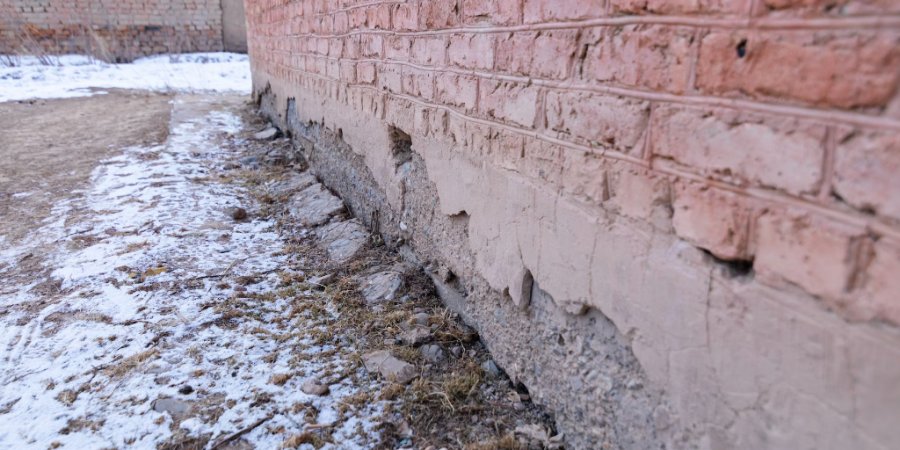
The water damage restoration process typically involves several stages, each with its own set of tasks. Here's an overview of the general steps:
- Water extraction: Removing standing water from the affected areas is the first priority. Professionals use specialized pumps and vacuums to extract water quickly and efficiently.
- Drying and dehumidification: After water extraction, the drying process begins. Industrial-grade dehumidifiers and high-velocity fans are used to dry out the affected areas, including walls, floors, and furniture. This helps prevent further damage and inhibits mold growth.
- Water damage cleanup and sanitization: Once the area is dry, thorough cleaning and sanitization are necessary to remove any lingering contaminants and prevent potential health hazards. This includes disinfecting surfaces, cleaning carpets and upholstery, and removing any debris or damaged materials.
- Restoration and repairs: The final stage involves restoring your property to its pre-damaged condition. This may include repairing or replacing damaged walls, flooring, or furniture. A reputable restoration company will work with you to ensure a seamless transition back to normalcy.
Drying and dehumidification techniques
Proper drying and dehumidification techniques are crucial in preventing further damage and mold growth. Here are some effective techniques used by professionals:
- Air movement: High-velocity fans are strategically placed to maximize airflow and promote evaporation. This helps speed up the drying process.
- Dehumidification: Industrial-grade dehumidifiers are used to remove excess moisture from the air. This helps reduce humidity levels, preventing mold growth and further damage.
- Moisture monitoring: Moisture meters and thermal imaging cameras are used to monitor the moisture levels in affected materials and ensure they are thoroughly dried.
Water damage cleanup and sanitization
Thorough cleaning and sanitization are essential after water damage to prevent potential health hazards. Here are some important steps to take:
- Disinfection: Surfaces should be thoroughly cleaned and disinfected to eliminate any bacteria, viruses, or other pathogens that may have been introduced by the water.
- Carpet and upholstery cleaning: Professional carpet and upholstery cleaning can help remove dirt, debris, and any contaminants that may have been absorbed. This step is especially important if the water damage involved sewage or contaminated water.
- Mold prevention: Applying mold inhibitors and antimicrobial treatments can help prevent mold growth in the future. It's important to address any signs of mold or mildew promptly to avoid further damage and potential health issues.
Preventing future water damage
Prevention is key when it comes to water damage. While some incidents are unavoidable, there are steps you can take to minimize the risk:
- Regular maintenance: Inspect your home regularly for any signs of water damage or potential issues. Check for leaks, cracks, or any areas where water could potentially enter your home.
- Proper insulation: Ensure your home is properly insulated, especially in areas prone to freezing temperatures. Insulation can help prevent pipes from freezing and bursting, reducing the risk of water damage.
- Gutters and downspouts: Keep your gutters and downspouts clean and free from debris to ensure proper water drainage away from your home. This can prevent water from seeping into your foundation or causing roof leaks.
- Sump pump maintenance: If you have a sump pump in your basement, make sure it is regularly maintained and in good working condition. A malfunctioning sump pump can lead to flooding and extensive water damage.
Insurance considerations for water damage restoration
Dealing with water damage can be financially draining, which is why it's important to understand your insurance coverage. Here are some key considerations:
- Review your policy: Familiarize yourself with your insurance policy and understand what is covered and what is not. Water damage caused by certain events, such as floods or sewer backups, may require separate coverage.
- Document the damage: Keep a detailed record of the damage, including photographs, videos, and a list of damaged items. This will be useful when filing an insurance claim.
- Contact your insurance provider: Notify your insurance provider as soon as possible after the incident. They will guide you through the claims process and provide instructions on necessary documentation and repairs.
DIY water damage restoration tips
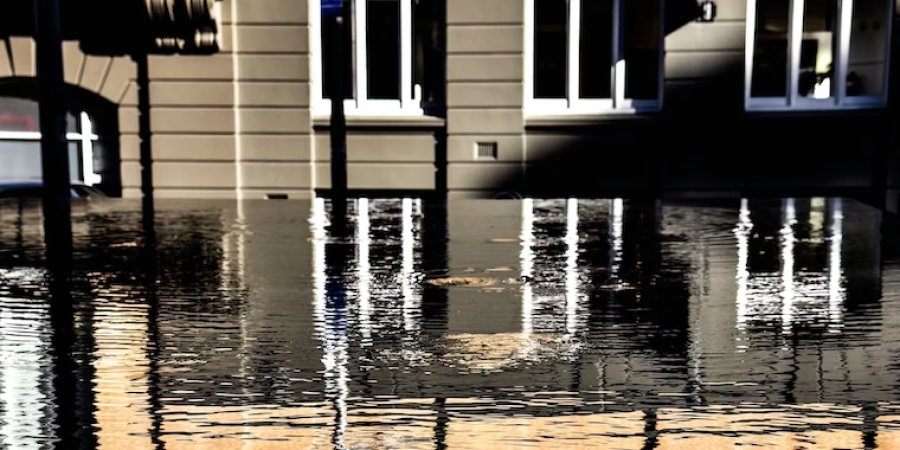
While it's recommended to seek professional help for extensive water damage, minor incidents can sometimes be resolved with DIY methods. Here are some tips to consider:
- Safety first: Ensure your safety by wearing protective gear such as gloves, goggles, and a mask. Turn off the electricity to the affected area to avoid the risk of electrical shock.
- Remove standing water: Use buckets, mops, or a wet/dry vacuum to remove standing water. Be cautious not to spread the water to unaffected areas.
- Dry out the area: Open windows and doors to promote airflow and use fans or dehumidifiers to aid in the drying process. Wipe down surfaces with a disinfectant solution to prevent mold growth.
- Salvageable items: Assess which items can be salvaged and which need to be discarded. Porous materials like carpets, padding, and drywall may need to be replaced to prevent mold growth.
Conclusion
According to experts who write for us on real estate, water damage can wreak havoc on your property and disrupt your life. By understanding the basics of water damage restoration and following these tips, you can minimize the impact and get your property back to normal as quickly as possible. Remember, acting swiftly, enlisting professional help when necessary, and taking preventive measures can save you time, money, and the stress of extensive repairs. Don't let water damage put your life on hold – take control and restore your property to its former glory.
More to Read:
Previous Posts:

